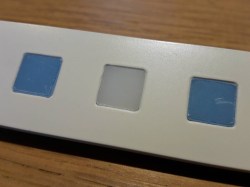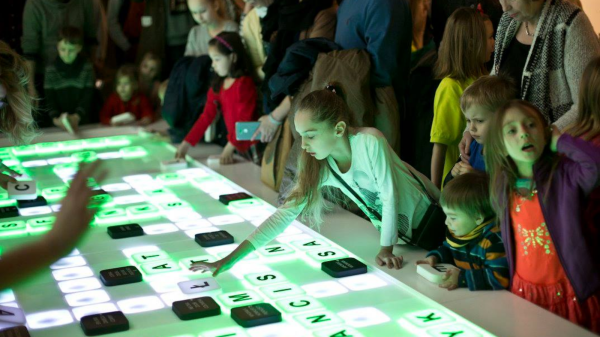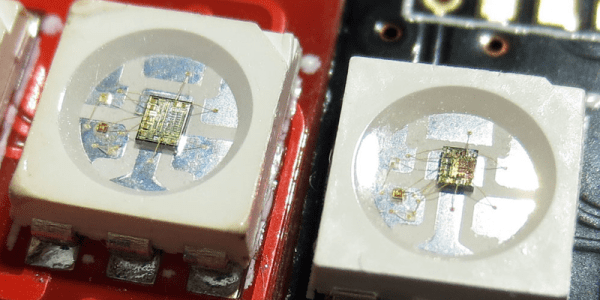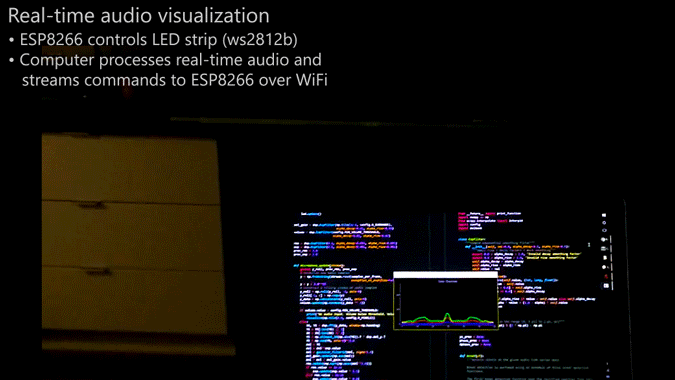Automotive lighting used to be strictly controlled, particularly in the United States — anyone remember sealed beam headlamps? These days, pretty much anything goes. You can even have an animated turn signal, because a simple flash isn’t fancy enough these days. You can get a scanning-LED turn signal on your new model Audi, among others. [Shravan] wanted this on their Mazda and set about building an animated turn signal and daytime running lights setup for their car.
It’s not a complicated build by any means; an off-the-shelf WS2812B strip provides the blinkums, an Arduino Nano the smarts. Using a modified library to drive the LEDs allowed [Shravan] to get things running with a minimum of fuss. We’d love to see a little more of the gritty reality of this build — how the Nano is getting directional signals from the car, and how it’s all wired up and bolted on. When you’re installing custom hardware onto a vehicle, the devil really is in the details. It’s supremely difficult to create something that looks tidy and functions well.
It’s amazing to think about how far we’ve come. When high-brightness LEDs first came on to the market in the 1990s, you would have been on the hook for wiring your own loom to connect the 20+ LEDs, building your own driver circuitry, and likely etching a custom PCB — all the while you programmed a PIC in assembly as it dangled off a parallel-port programmer. But then again, our cave-dwelling ancestors didn’t even have matches. Time marches on. Use today’s technology to build the very best things you can.
We love seeing car mods, particularly those that are well executed. Check out [Dave]’s interior lighting mods to the Nissan Juke — a car this writer has weighty opinions about. Video after the break.



















